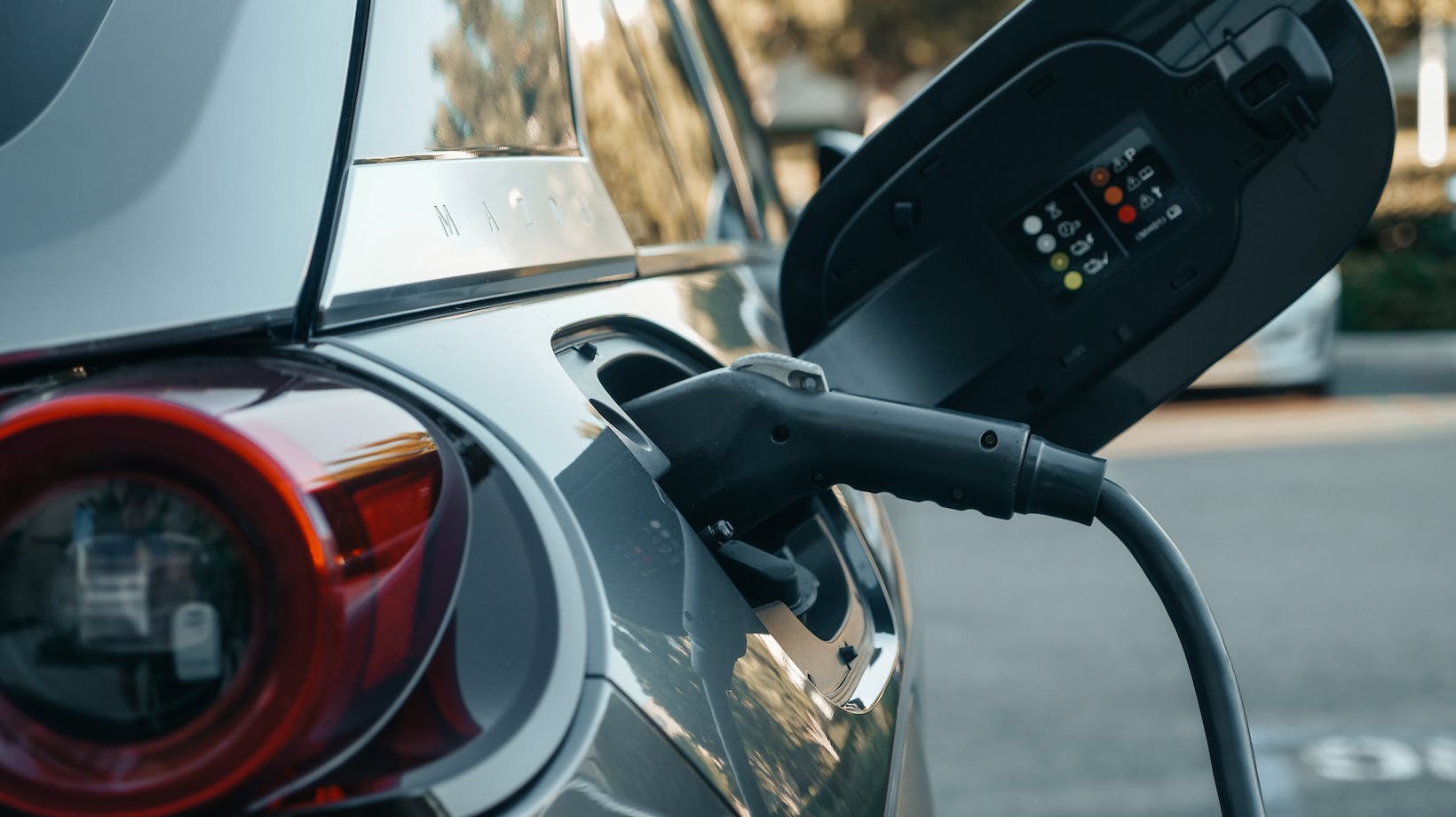
As the world increasingly leans towards sustainability, electric vehicles (EVs) are no longer just a trend but a substantial part of our transportation future. This presents a great opportunity for businesses. By integrating charging solutions, companies can contribute to a greener planet while enhancing their appeal to a growing demographic of eco-conscious consumers. In this guide, we’ll explore how firms can effectively and efficiently implement chargers, turning a step toward sustainability into a stride for corporate growth.
Understanding EV Charging Basics
Charging is more than just providing power to cars; it’s an integration of technology, user experience, and environmental consciousness. There are three core types available to the average driver: Level 1, Level 2, and DC Fast Charging.
- Level 1 Charging: The most basic way to power your car. It uses a standard 120-volt household outlet. While it’s the most accessible, it’s also the slowest, typically providing about 4-5 miles of range per hour.
- Level 2 Charging: A step up, Level 2 chargers use a 240-volt outlet, similar to what large appliances like dryers use. These are faster, offering about 12-32 miles of range per hour. This type is common in public stations and is suitable for the workplace.
- DC Fast Charging: The fastest way to power your car. DC Fast Charging can now provide over 200 miles of range in about 20 minutes for some 2023 models, significantly exceeding older estimates of 60-80 miles. These can be tricky to find, so people often use a car charger app like Bonnet to locate reliable rapid chargers.
It’s important to note that while Level 1 is slow, it’s often sufficient for overnight powering at home. However, for businesses, Level 2 or DC Fast points might be more practical, providing a quicker charge for employees and customers.
Benefits of Offering EV Charging at Your Business

Environmental Impact
By providing EV charging facilities, your business directly supports eco-friendly transportation, reducing the reliance on fossil fuels and lowering carbon emissions. This step towards sustainability resonates with the growing global emphasis on environmental responsibility.
Attracting Eco-conscious Customers and Employees
An EV charging station is not just a utility; it’s a statement. It shows that your business is forward-thinking and committed to sustainability. This also includes accurate quoting of energy and other utilities, check out Business Energy Comparison. This can be a significant draw for customers who prioritize environmental consciousness in their patronage choices. Similarly, it helps attract and retain employees who value green initiatives, enhancing your company’s image as an environmentally responsible employer.
Financial Incentives and Property Value
Many governments worldwide offer incentives for businesses that install EV charging stations. These can include tax credits, rebates, and grants, making the installation more affordable. Additionally, having green facilities can increase the value of your commercial property. It’s an amenity that future-proofs your premises and makes them more appealing to potential buyers or tenants.
Enhanced Customer Experience
For businesses like shopping centers, hotels, and restaurants, offering charging can significantly enhance the customer experience. It provides an additional convenience for drivers, encouraging longer visits and potentially increased spending.
Assessing Your Business’s EV Charging Needs
When planning to integrate EV charging stations, the first step is to conduct a thorough needs assessment. This involves evaluating the location, understanding the parking space availability, and gauging the demand among your clientele and employees. This evaluation determines the appropriate type and number of chargers that align with your business requirements and usage expectations.
Furthermore, it’s essential to be well-versed in the regulatory landscape and available incentives. Familiarize yourself with local and national regulations related to EV charging stations. This includes zoning laws, building codes, and specific requirements by governing bodies. Ensuring compliance from the outset avoids legal complexities and enhances accessibility for all users.

Equally important is exploring the financial benefits available for businesses adopting EV infrastructure. Many regions offer enticing incentives, such as the 30c Tax Credit in the USA, making the installation of charging stations more affordable and appealing. These not only help offset initial costs but also signal governmental support for eco-friendly practices.
Conclusion
Embarking on the journey of integrating EV charging into your business is more than just an operational upgrade; it’s a step towards embracing a sustainable future and aligning with evolving consumer values. This guide has navigated you through the essential considerations, from conducting a thorough assessment of your company’s specific needs to understanding the crucial aspects of regulations and incentives.



